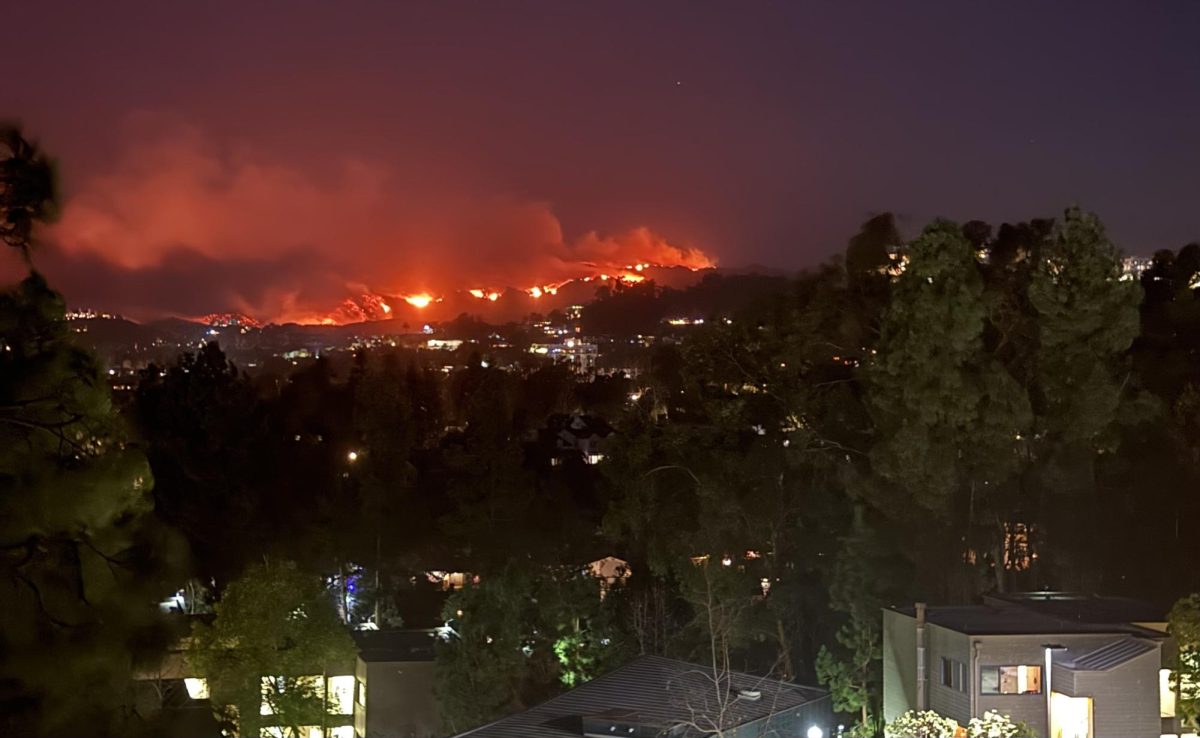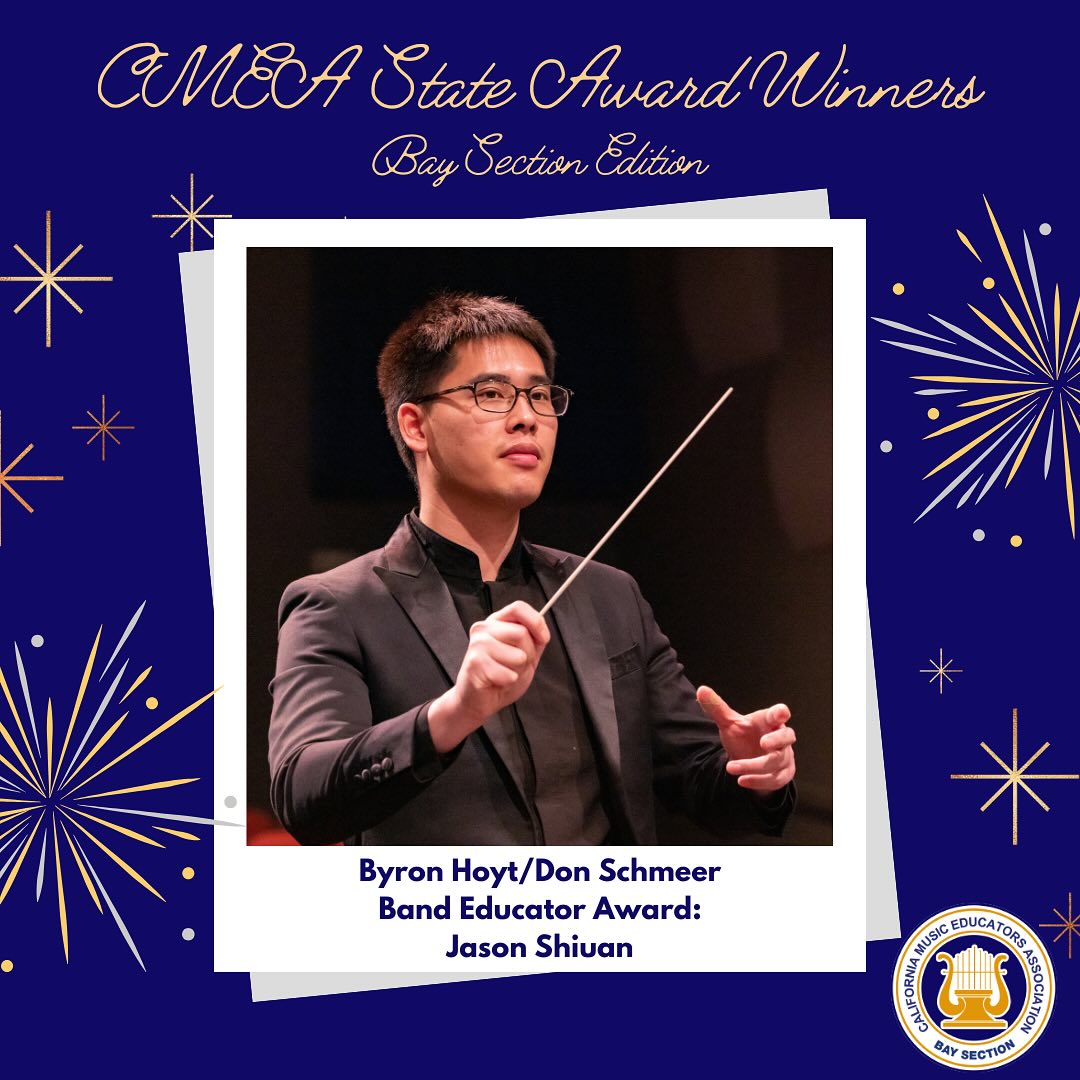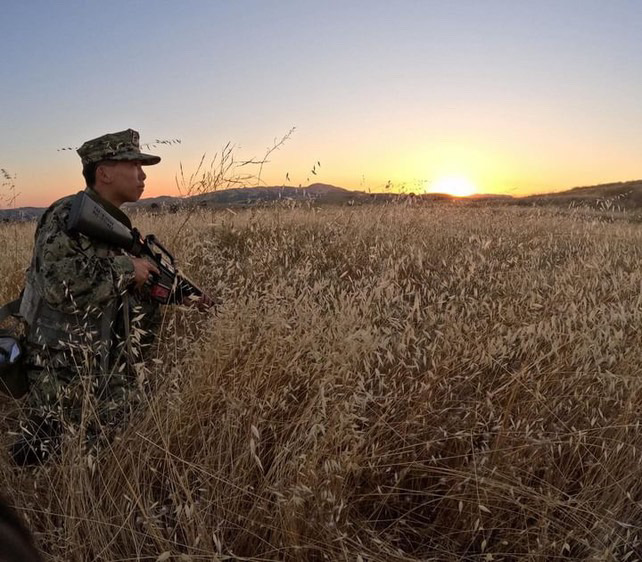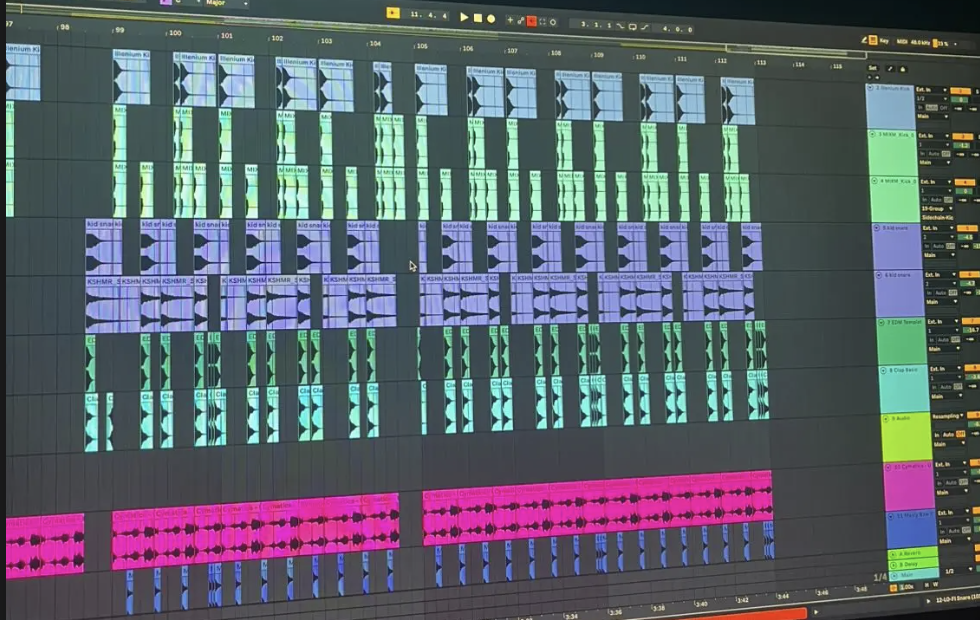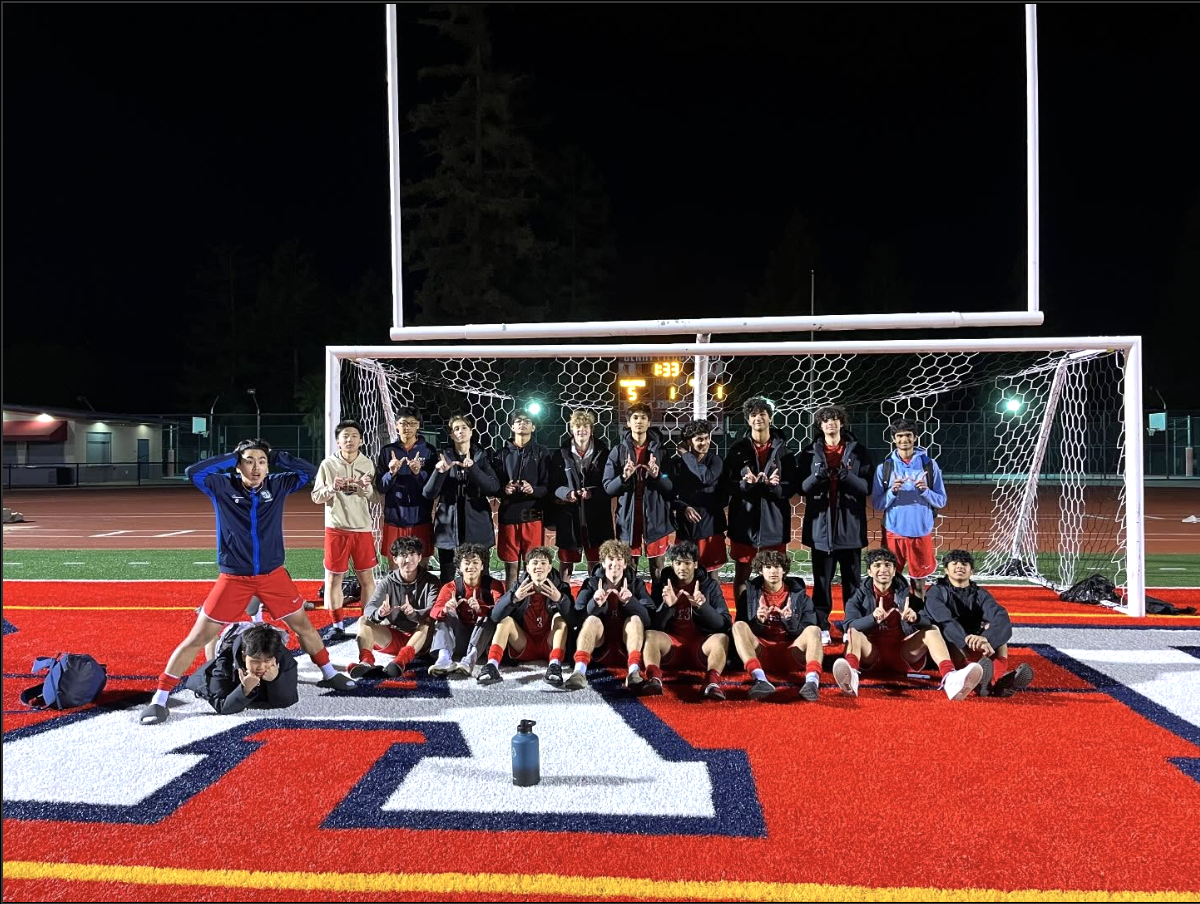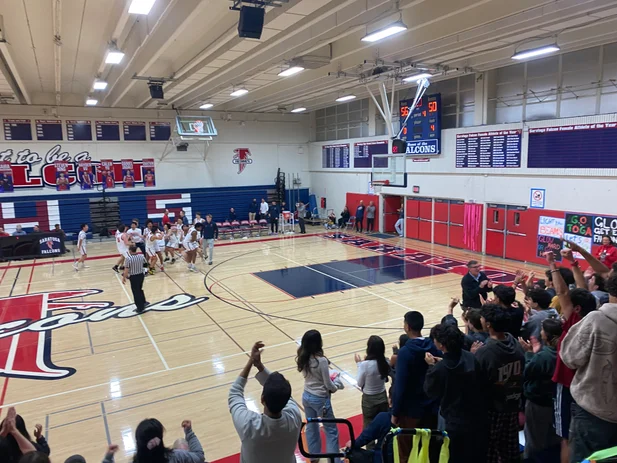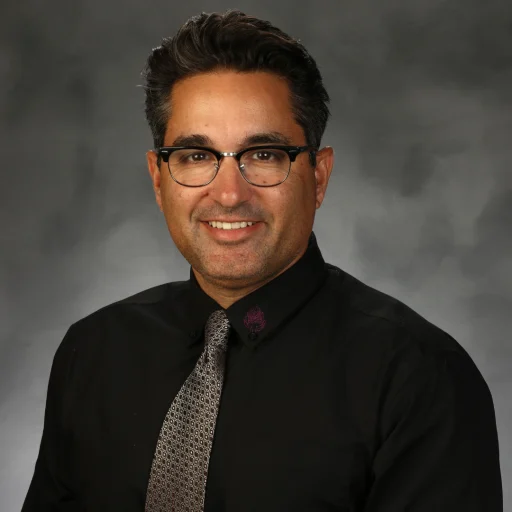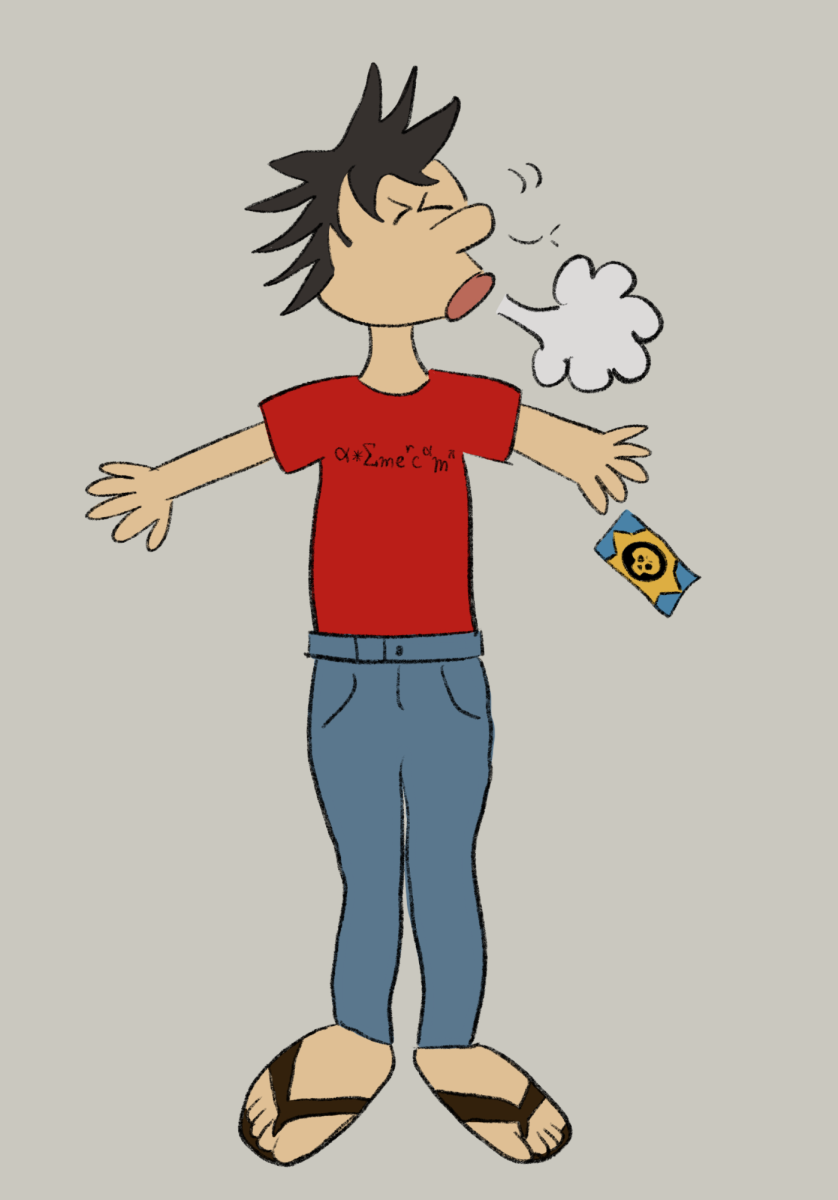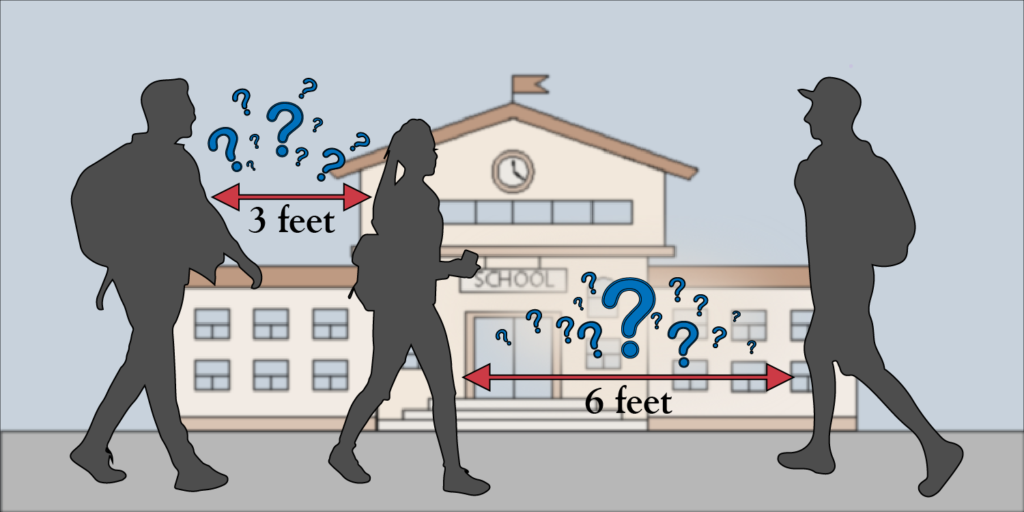Breaking a 200-year-old tradition, the Centers for Disease Control (CDC) recently declared 3 feet adequate for social distancing in schools.
Dating back to the 1800s, the 6-foot distancing rule has been used to prevent the spread of common diseases and infections. However, research released by Lydia Bourouiba, a professor at the Massachusetts Institute of Technology, found that airborne transmission of COVID-19 does not just depend on distance, but a mix of other factors such as ventilation, cohort size and masking.
Taking these factors into account, on March 19, the CDC lowered the general minimum social distancing requirement for K-12 classrooms across the country to 3 feet while masked.
While the new guidance provides a general guideline for schools’ reopening, exceptions remain. The CDC requires people to maintain 6 feet of distance during times when masks cannot be worn during sports, choir practice, band practice, in common areas such as auditoriums or in community settings outside the classroom.
In situations where masks can be worn, however, studies have shown that there are no visible increases in risk when using 3 feet for social distancing.
In a Massachusetts study of 250 school districts with around 500,000 students and nearly 100,000 staff — conducted over a span of 16 weeks in the fall and winter — researchers found no significant distinction in the spread of the virus in districts requiring 3-foot social distancing compared to those requiring 6 feet, as long as masking and other guidelines were set in place.
One of the first studies supporting the 3-foot rule dates back to the 1930s. William Wells, a Harvard researcher who studied tuberculosis, found that droplets, or phlegm, tend to only reach 3 feet from where they were released. This suggests that 6 feet of distance is much more than what is needed to prevent transmission; however, the measurements were not accepted as an official rule until now.
Although some people are still concerned about the safety aspects of the updated guidelines, superintendent Michael Grove said the district feels comfortable implementing this change throughout the two schools.
“I’m very comfortable with utilizing the 3-foot guideline because the research clearly indicates that it is safe to do so,” Grove said.
Grove explained that there have been generally positive reactions from teachers and administrators due to the CDC’s research indicating that as long as other safety measures are in place, such as masking, ventilation and cleaning, there is no increased risk in COVID-19 transmission in classrooms where students are 3 feet apart.
The 3-foot distance allows many schools to increase the number of students in classrooms and hasten the return to in-person learning. According to EdSource, with the increase in cohort sizes in most schools, some are now able to bring back students for at least four days a week.
Principal Greg Louie said that even with the alteration of the social distancing requirement, the school will not fully adopt the shortened distancing measures yet because the school’s relatively small population does not necessitate it. Currently, the school continues to require a 6-foot distancing rule, but with more students returning to school, the distance requirement may lessen to accommodate more students.
For history teacher Jerry Sheehy, the change does not currently affect his classes, as they are still able to maintain 6 feet of distance. While he is not sure about the benefits or drawbacks of this change, he said if science proves it is safe, he is fine with implementing it in his classroom.
Similarly, sophomore Julian Berkowitz-Sklar, who returned to campus for Phase 3B, said he and his parents are comfortable with 3 feet of social distancing, as long as the CDC declares it safe.
Berkowitz-Sklar also said he views the updated guideline as a positive sign that the spread of COVID-19 will eventually get slow and all students will feel comfortable returning to campus.
“I think it’s great because as a community we’re doing pretty well with COVID-19 overall, and although there might be some outliers, we’re doing consistently better with cases,” Berkowitz-Sklar said. “It’s just a matter of being careful and diligent so that we can all go back to our regular high school life and keep going on this journey together.”
Others are against the decrease in required social distancing in schools. Sophomore Luke Wang, who is remaining remote for the entirety of Phase 3, said he believes continuing to enforce the 6 feet social distancing guidelines is the safer option.
“Going below [6 feet of social distancing] seems dangerous, even if COVID-19 cases are decreasing,” Wang said. “There is really no harm staying at 6 feet. It’s better to be safe than to risk contracting the virus.”
Wang added that his parents would be even less likely to allow him to return if the school implemented 3 feet of social distancing, as he believes it is much riskier for COVID-19 exposure.
Despite conflicting opinions regarding the new guidelines, Louie stressed the importance of safety for students and teachers.
“There are those who believe we should be at 100% capacity and that students should not have the option to stay home,” Louie said. “There are others who are concerned about the safety of their friends and family. Our job is to do the best we can to ensure safety to the best of our ability.”

